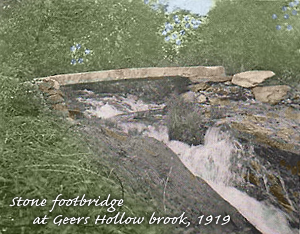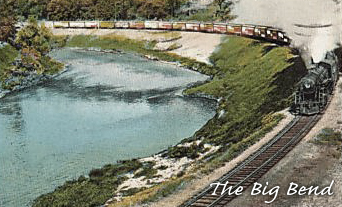About the Greenway

The recently acquired core greenway parcels were originally owned by the Boston Hoosac Tunnel & Western Railway, which was formed in 1878. A rival railroad, the Troy & Boston, also served the Village. After Fitchburg Railway purchased both lines in 1890, the Boston Hoosac Tunnel & Western Railway ran eastbound trains, the Troy & Boston westbound. The Fitchburg lines were purchased by Boston & Maine in 1902.

The flood of November 1927 (a flood of record over much of the region) disabled both lines. The tracks at the so-called Big Bend (just downstream of today’s Church Street bridge) were rebuilt. Most of the east-bound rails upstream of the Village, however, had been washed away by a raging Hoosic River and were abandoned.
By 1957, none of the former Boston Hoosac Tunnel & Western tracks were in use. The Village portion of this railbed was purchased from Pan Am Railways (formerly Boston and Maine) in January 2009. These core Greenway parcels cover about twenty-six acres and stretch about 2.5 miles along the Hoosic River. Signs of the Greenway’s railroad past are still present in aging stonework, mileage markers, and other railway remnants.
The New Year’s flood of December 31, 1948 to January 2, 1949 broke records on the Hoosic, and may have been the immediate impetus for the construction, beginning in 1951, of a U.S. Army Corps of Engineers flood control project in the Village. With permission from the NYS Department of Environmental Conservation, the Greenway will traverse a portion of a grassed berm along the river created as part of that flood control project.
Between the grassed berm and Big Bend, the historic rail line left the river’s edge and crossed Village streets. Some part of the Hoosic River Greenway will do the same, and bring visitors into the heart of this historic community built around a river and rails.
